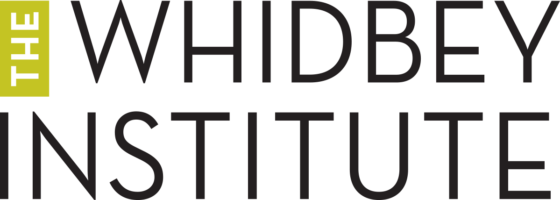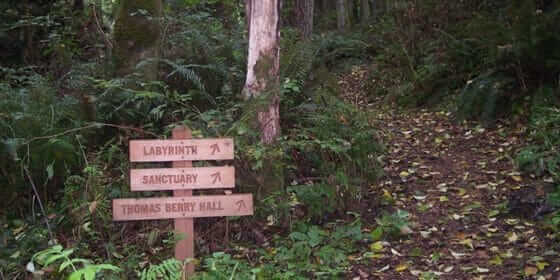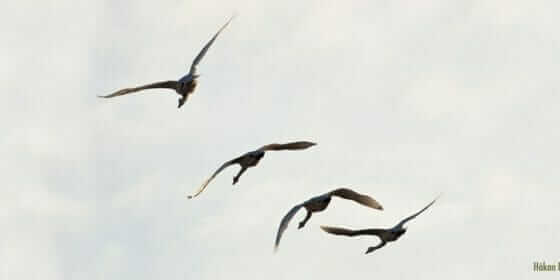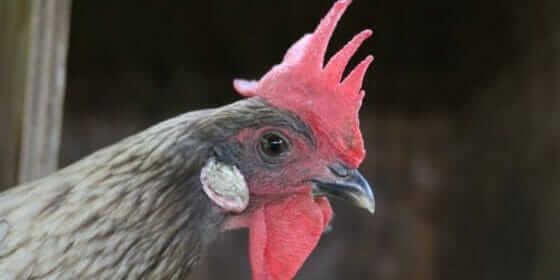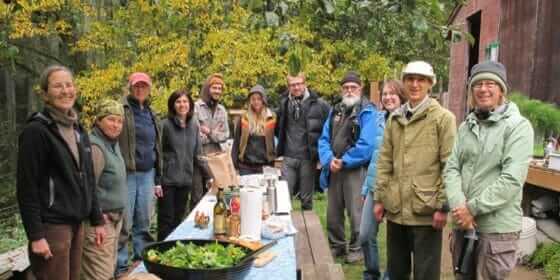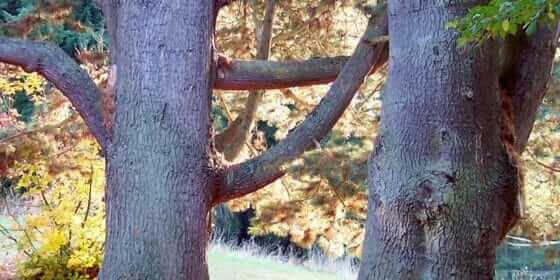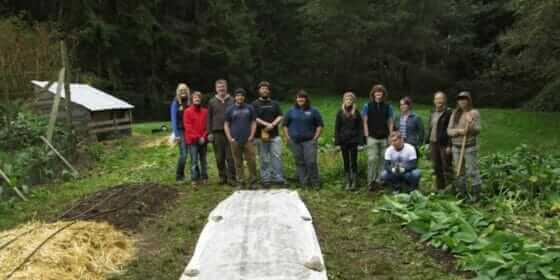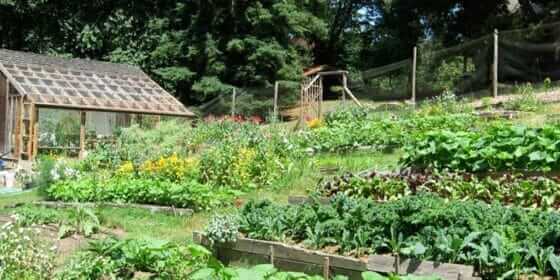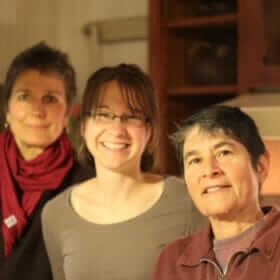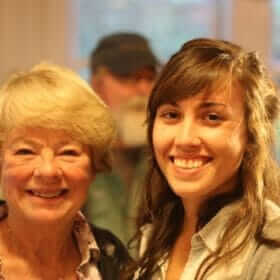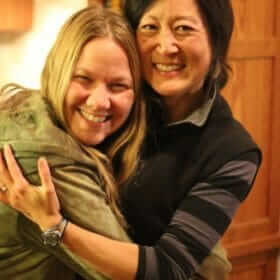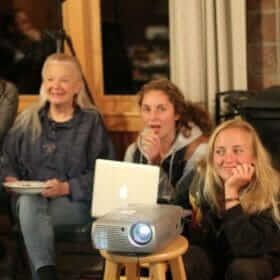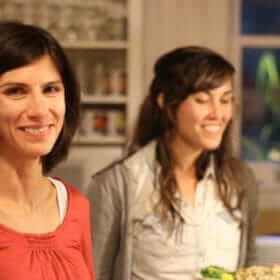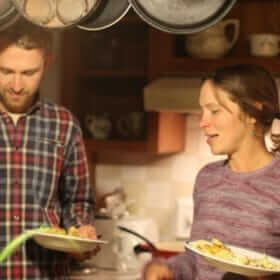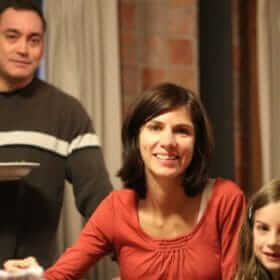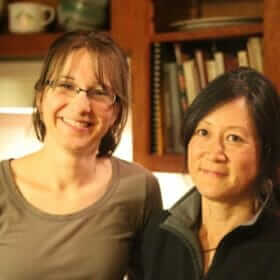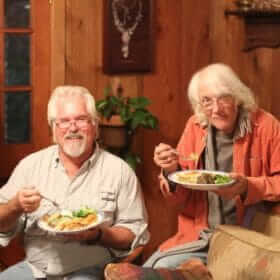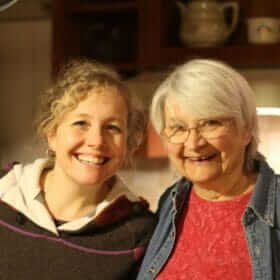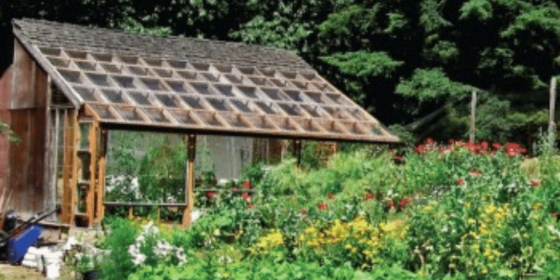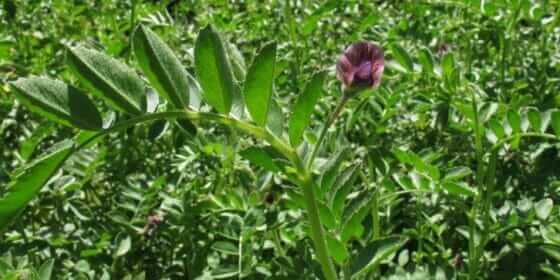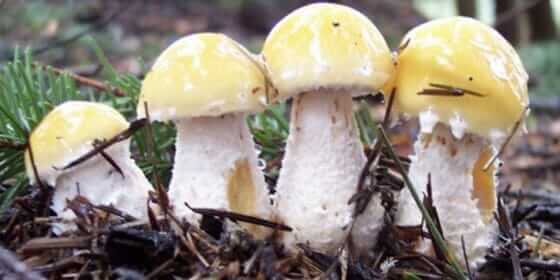Come Explore!
The forest is quiet today, but for the rush of wings amidst the branches and the knock of the woodpecker on his snag. Last week’s biting cold has relented, as the clouds returned. They promise rain. It’s hard to believe, with the weather we’ve had, that winter’s not quite here yet.
There is a great deal to explore in our forests and wetlands at Chinook, even in mid-December. A tremendous bloom of fungi this autumn has subsided, but incredible mushrooms are still all around us. The green mosses which are such a ubiquitous feature of every Cascadian forest seem more vibrant than ever beside brown earth and gray skies, and throughout the woods a carpet of dropped leaves serves as an insulating blanket for teeming life. There is no season in which the forest fails to delight the attentive visitor.
We invite you to come explore this land that we love and which sustains us. Come be surprised by the gardens’ underlying geometry while visions of spring seedlings dance in your head. Get to know the birds and creatures who’ve stayed to overwinter here. Find something new. We promise you won’t be disappointed!
The lands at Chinook are open to the public every day, and trail maps are available in the office Monday through Friday.
